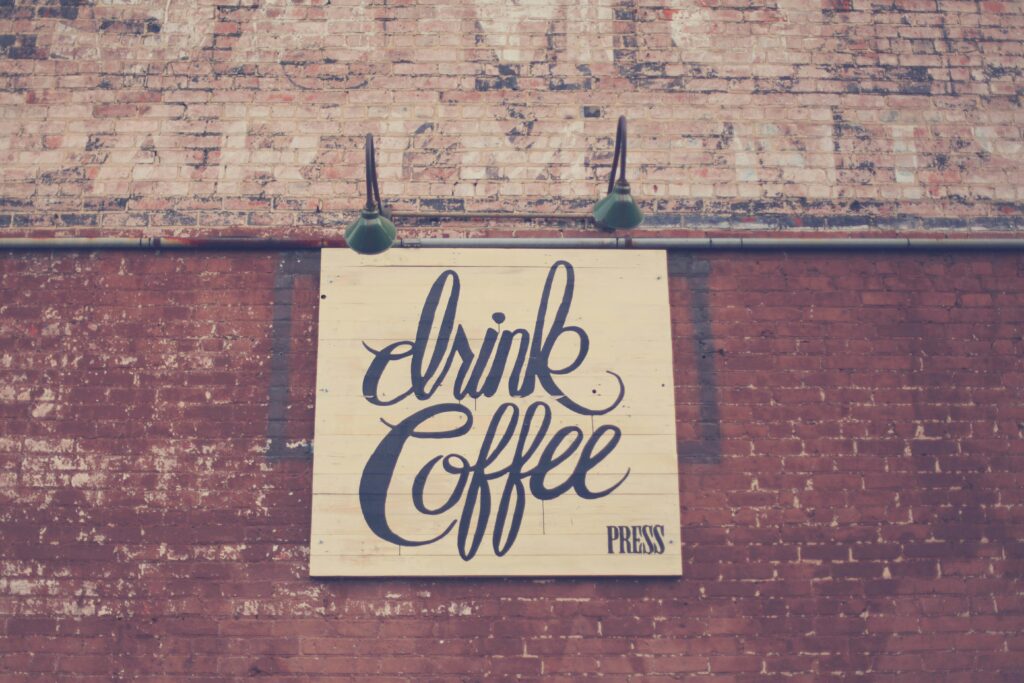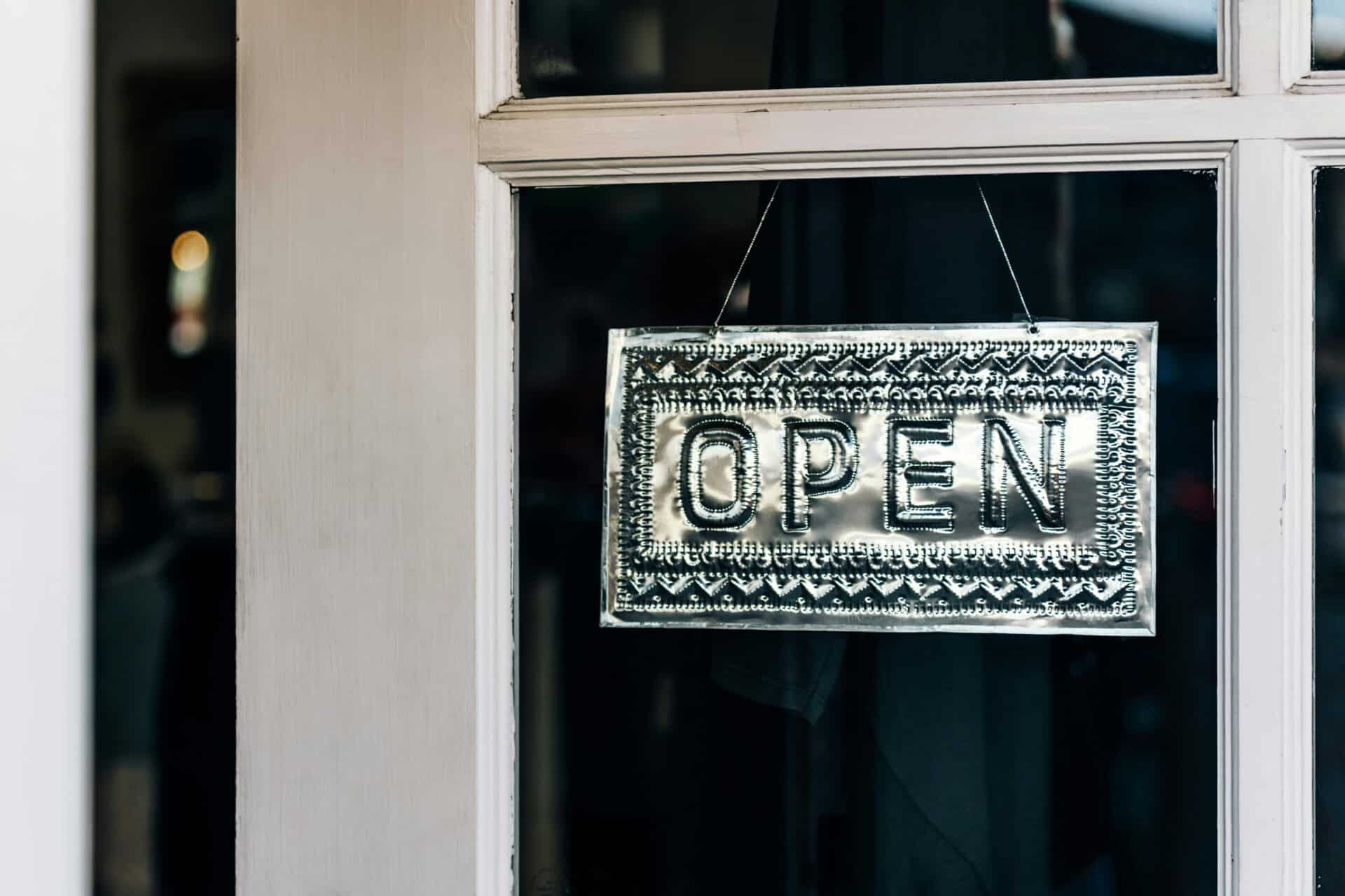Ever walked past a business and thought, “I have no idea what they actually do”? That’s usually a sign problem, not a business problem. The truth is, your storefront, signage, and visual identity do most of the talking before you ever get a chance to speak to a customer.
Here’s the thing about visual communication: it’s happening whether you’re paying attention or not. People are making split-second decisions about your business based on what they see. Kind of puts things in perspective, doesn’t it?
The Real Cost of DIY Visual Strategy
Look, we get it. The temptation to handle your own signage and visual communications is pretty strong, especially when you’re watching every dollar. But here’s where it gets tricky. What seems like a cost-saving measure often turns into an expensive lesson.
Picture this: you’ve spent weeks designing what you think is the perfect sign. You’ve printed it, installed it, and then… crickets. Turns out, great visual communication involves understanding things like sight lines, color psychology, and local council regulations. Who knew there were so many moving parts?
The thing is, business signs aren’t just about slapping your company name on a wall. They’re about creating a visual conversation with your potential customers. And like any good conversation, timing, tone, and context matter enormously.
What Makes a Strategic Partnership Actually Work

A strategic partner in visual communications brings something you can’t Google your way to: experience. They’ve seen what works and what doesn’t, often in your specific industry or location.
But here’s what’s really valuable: they’re thinking about your visual presence as a system, not just individual pieces. Your storefront sign needs to work with your vehicle graphics, which need to complement your trade show displays, which should align with your digital presence. It’s all connected.
Actually, the best partnerships go beyond just making things look good. They’re asking questions like: What do you want people to feel when they see your brand? How do you want to be different from the business next door? What’s your customer’s typical day like, and when are they most likely to notice you?
The Psychology of Getting Noticed
This part’s a bit tricky, but fascinating. Human brains process visual information incredibly fast. We’re talking milliseconds. In that tiny window, people are deciding whether to pay attention or keep walking.
Effective visual communication taps into this automatic processing. The right colors can create urgency or calm. Strategic placement can guide foot traffic. Even something as simple as lighting can dramatically change how professional you appear.
Here’s something interesting: people often remember how a business made them feel long before they remember specific details about products or services. Your visual presence is doing a lot of that emotional heavy lifting.
Beyond the Obvious Signs
When most people think about business signage, they picture the big illuminated sign out front. Fair enough. But strategic visual communication goes way deeper than that.
We’re talking about wayfinding systems that help customers feel confident about where they’re going. Interior graphics that reinforce your brand story. Window displays that work as silent salespeople. Vehicle wraps that turn your work trucks into mobile advertisements.
The truth is, every surface in and around your business is an opportunity to communicate something. The question is whether you’re being intentional about those messages.
To be honest, this is where having an experienced partner really pays off. They’re seeing opportunities you might not even notice. More importantly, they’re helping you avoid the visual noise that confuses rather than clarifies.
The bottom line? Your business deserves visual communication that works as hard as you do. Sometimes that means partnering with people who eat, sleep, and breathe this stuff. It just makes sense.






